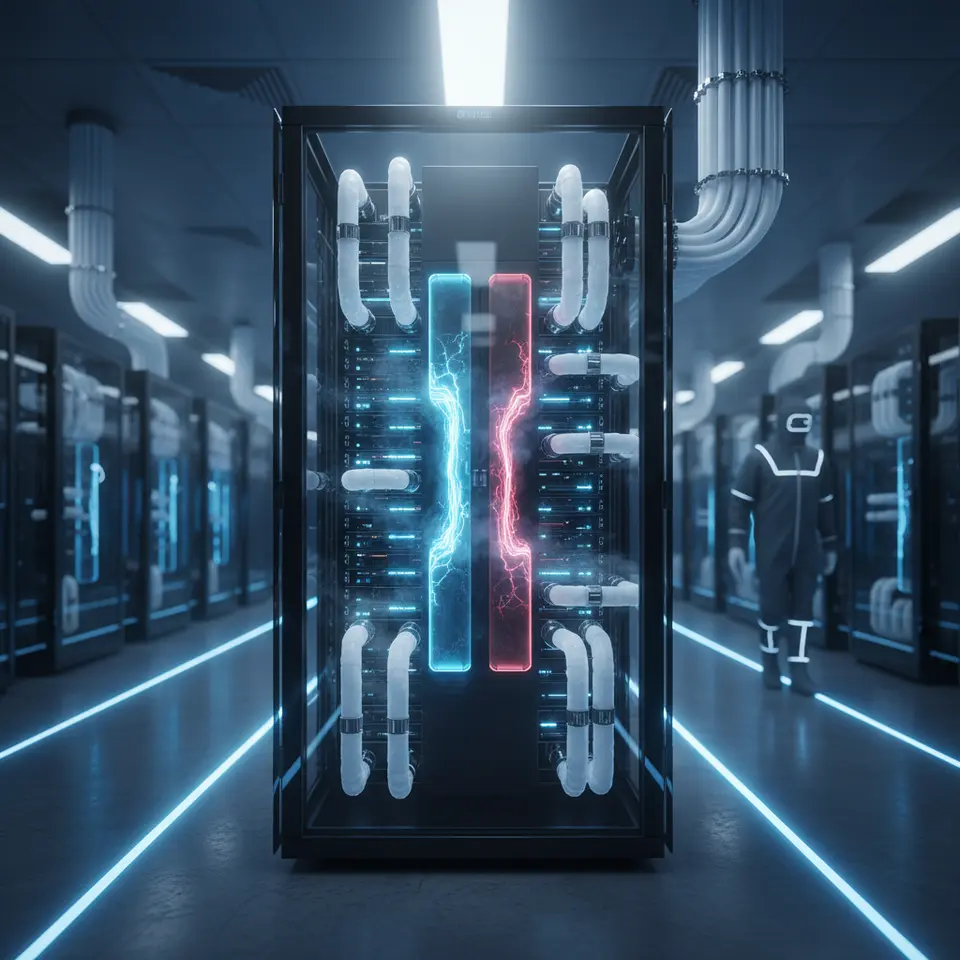
AIchips & hardwareAI Data Centers
VEIR Brings Superconductor Tech to Data Centers
DA
Daniel Reed
4 hours ago7 min read1 comments
VEIR, a Massachusetts-based startup, is executing a fascinating technological pivot, taking superconductor technology originally developed for long-distance transmission lines and repurposing it to address a critical and escalating problem within data centers: the immense heat generated by increasingly powerful computing infrastructure. This isn't merely an incremental improvement; it's a fundamental re-imagining of energy logistics, applying principles from the macro-scale grid to the micro-scale server rack.The core challenge is simple in statement but monumental in implication: as we push towards more sophisticated AI models and higher-density computing, the energy required—and the waste heat produced—has begun to outpace the capabilities of traditional air and liquid cooling systems. VEIR's approach leverages high-temperature superconductors (HTS), materials that can carry immense electrical currents with virtually zero resistance when cooled, a property that drastically reduces energy loss as heat during transmission.Historically, the commercial application of superconductors has been hamstrung by the extreme cost and complexity of the cryogenic cooling systems needed to maintain the necessary frigid temperatures, often approaching those of liquid nitrogen. VEIR's purported innovation lies not necessarily in the superconductor material itself, but in a novel and more efficient cooling architecture that makes the entire system economically viable for the first time in a commercial data center context.Imagine the power demands of a modern AI-training cluster, which can consume as much electricity as a small town; a significant portion of that energy is currently wasted as heat before it even performs a calculation. By implementing superconducting power delivery within the data center's own infrastructure, from the utility feed to the individual server, VEIR's technology could slash this parasitic loss, freeing up kilowatts for actual computation and simultaneously mitigating the thermal load that cooling systems must battle.The implications are profound, potentially altering the very economics and geography of data center construction. If heat generation is no longer the primary limiting factor, facilities could be designed for even higher power densities, accelerating computational capabilities.Furthermore, it could reduce the industry's reliance on vast quantities of water for cooling, a major point of environmental and community friction. However, the path forward is fraught with engineering and economic hurdles.The long-term reliability of these systems in a 24/7 operational environment is unproven, and the capital expenditure, despite VEIR's advances, will be scrutinized against the steadily improving efficiency of conventional silicon. The success of this venture will depend on a delicate balance: demonstrating that the significant upfront cost is justified by the long-term operational savings and performance gains.This move represents a broader trend in the tech industry, where cross-pollination from adjacent fields like energy and materials science is becoming essential for breaking through seemingly intractable bottlenecks. If VEIR succeeds, it won't just be selling a cooling solution; it will be enabling the next leap in computational scale that technologies like artificial general intelligence will inevitably require.
#superconductors
#data centers
#energy efficiency
#Microsoft
#startup
#featured
#infrastructure
#cooling technology
Stay Informed. Act Smarter.
Get weekly highlights, major headlines, and expert insights — then put your knowledge to work in our live prediction markets.
Comments
Loading comments...
© 2025 Outpoll Service LTD. All rights reserved.